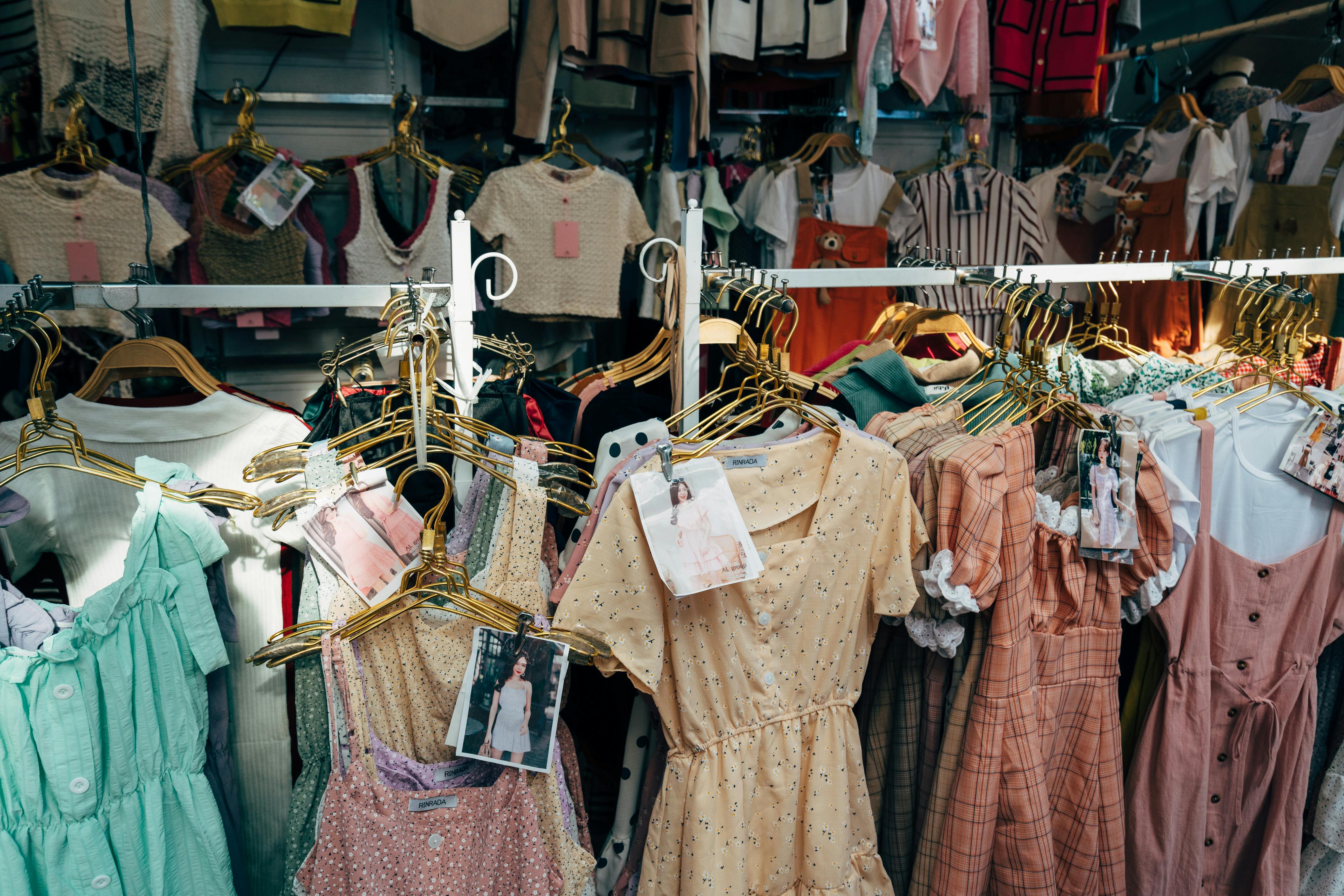
Fashion, like history, seems destined to repeat itself. Trends we thought were relics of the past resurface, reinterpreted and refreshed for a new generation. This cyclical nature of style isn’t just a quirk – it’s a fascinating interplay between nostalgia, innovation, and the ever-evolving social zeitgeist.
A Look Back at the Cycle
The cyclical nature of fashion has been around for centuries. From the opulent ballgowns of the 18th century returning as minimalist silhouettes in the 1990s to the utilitarian jumpsuits of the 1940s inspiring modern streetwear, the past constantly informs the present. This cycle is driven by several factors:
- Nostalgia: As time marches on, people often look back on bygone eras with a touch of rose-tinted glasses. This fondness for the past fuels a desire to recapture the aesthetics of those times through fashion.
- Social media: Platforms like Instagram and TikTok have become treasure troves of vintage fashion inspiration. Influencers and celebrities sporting past trends can spark major revivals, with younger generations eager to emulate these looks.
- Socioeconomic factors: Economic downturns can lead to a resurgence of more practical or DIY fashion styles. Conversely, periods of prosperity might see a return to opulent or flamboyant trends.
- Technological advancements: New fabrics and production techniques can breathe new life into old styles. For instance, the invention of synthetic materials allowed for the creation of more comfortable and affordable versions of past trends.
The Cycle’s Modern Acceleration
The fashion cycle seems to be accelerating in the digital age. Fast fashion has made trends more accessible and disposable, with micro-trends emerging and fading out within a single season. However, this rapid pace also fuels a counter-movement: a rise in appreciation for timeless and sustainable fashion. Vintage clothing offers a unique and eco-friendly alternative to fast fashion’s environmental impact.
The Benefits of the Cycle
The cyclical nature of fashion offers several benefits:
- Preservation of history: Reviving past trends keeps fashion history alive, allowing us to appreciate the evolution of style and cultural influences.
- Reinterpretation and innovation: Reinterpreting past styles for the present encourages creativity and innovation in the fashion industry. Designers can update classic looks with modern silhouettes, fabrics, and details.
- Sustainable practices: The rise of vintage clothing and second-hand shopping promotes more sustainable fashion choices, reducing reliance on overproduction and textile waste.
The Future of the Cycle
While the specifics of the cycle are constantly evolving, one thing remains certain: fashion will continue to draw inspiration from the past. As we move forward, it will be interesting to see how historical events, social movements, and technological advancements shape the way we dress. The cyclical nature of style ensures that fashion will never be truly new, but it will always be exciting to see how the past informs the ever-changing landscape of what’s considered trendy.